

Engage prospects with a scan and streamline customer engagement with FREE QR code marketing tools by Sona – no strings attached!
Create a Free QR CodeFree consultation

No commitment

Engage prospects with a scan and streamline customer engagement with FREE QR code marketing tools by Sona – no strings attached!
Create a Free QR CodeFree consultation

No commitment
The furniture assembly services industry has seen significant transformation as customers demand faster, more reliable, and more accessible solutions for assembling both flatpack and complex furniture. Persistent frustrations remain, most notably convoluted print instructions and confusing assembly steps that lead to support calls and negative reviews. Missed opportunities also occur when companies fail to recognize and engage valuable customers beyond the initial service interaction, often because critical touchpoints are not tracked or personalized.
QR codes present a powerful, practical bridge from physical furniture components or installation sites to digital assembly guides, real-time troubleshooting, and streamlined feedback loops. These touchpoints help resolve the frequent lack of visibility into how, when, and why customers engage with post-purchase instructions or service follow-ups. By empowering customers to instantly access the digital support they need, QR workflows reduce friction at crucial assembly moments, improve satisfaction scores, and create opportunities for repeat business while enabling the collection of vital behavioral data to spot upsell or service gaps.
Deploying QR code-enabled touchpoints throughout the furniture assembly process allows providers to educate customers, showcase what sets them apart, and automate meaningful follow-up. This approach gives service teams granular insight into which clients or businesses interact with various guides or post-visit prompts, helping to identify high-value prospects who may have otherwise gone unnoticed. Here is how QR technology can drive measurable improvements and sustained growth across every stage of the customer journey in furniture assembly services, turning offline signals into actionable digital engagement with lasting impact.
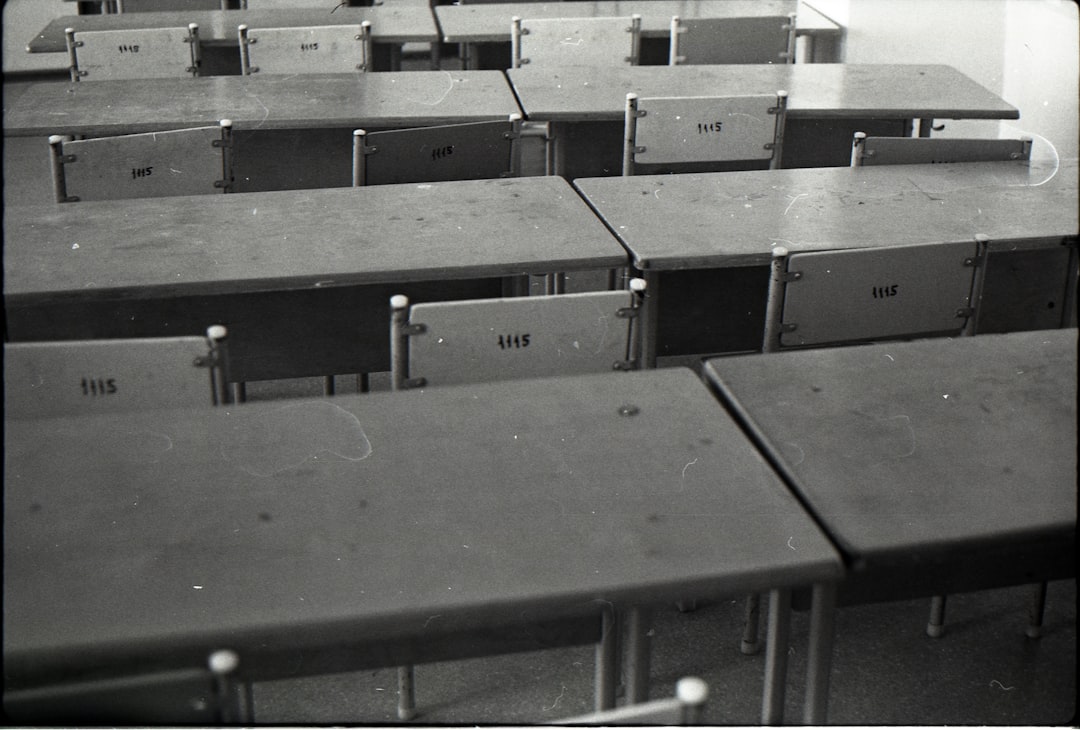
Furniture assembly services frequently struggle with missed steps or client confusion, especially when customers rely on static, complex printed manuals. The resulting support calls and negative experiences can tarnish brand reputation and lead to lost repeat business. QR codes solve much of this by acting as a real-time bridge between the physical environment and digital support ecosystems. By linking a QR code on a furniture part or booklet to a targeted how-to video, businesses remove ambiguity and ensure the right information is delivered at the right moment.
Digital assets connected to QR codes can be updated as products evolve, which addresses the risk of customers acting on outdated or incomplete information. You can replace analog steps like paper warranties, manual support hotlines, or static photocopied guides with live, searchable resources that are available 24 hours a day. Success can be measured by drops in support tickets, faster assembly times, better feedback scores, and higher engagement across your guides. These gains are especially visible when you compare cohorts that received QR-enabled materials against those who did not, using scan data and follow-up surveys to quantify impact.
To make this approach effective, focus on deliberate placement and clear messaging. Apply QR codes directly on packaging, high-priority assembly steps, or instruction inserts, and use strong, benefit-driven calls to action like Scan for assembly help or Watch a 3-minute setup video. Include short descriptions near the code so customers know exactly what happens when they scan. Modern QR platforms like Sona QR make it possible to capture which guides, videos, or troubleshooting tips each customer accesses, enabling personalized follow-up and highlighting patterns that reveal training needs or product friction points.
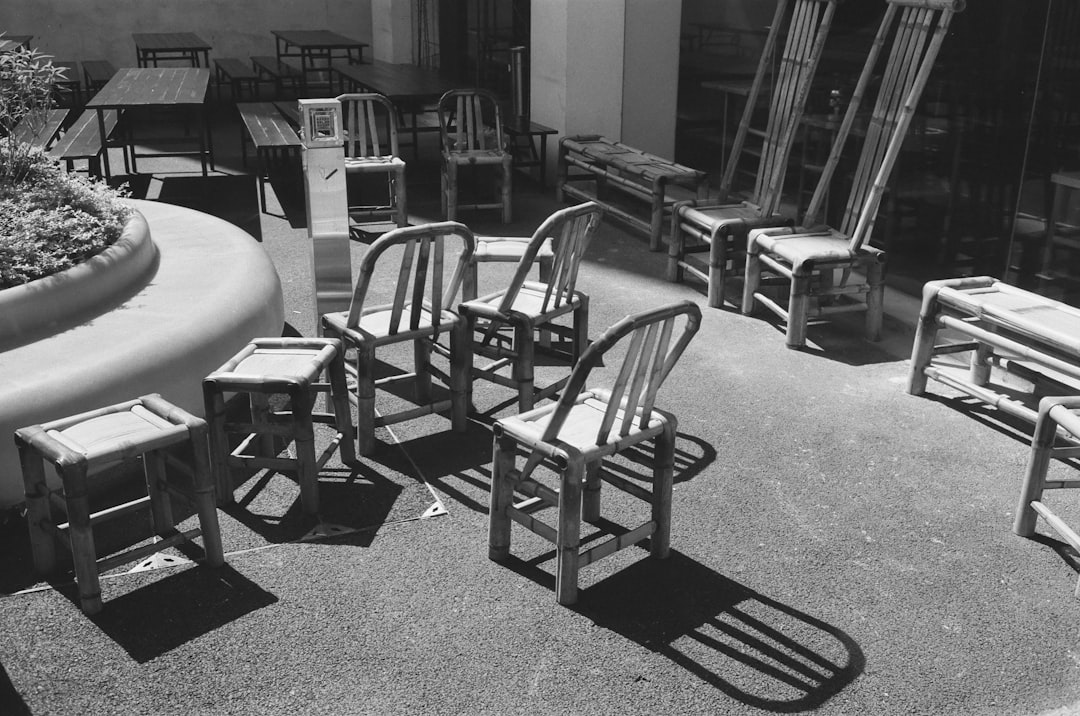
A constant hurdle in the industry arises when offline customer interactions never translate into actionable insights. Service technicians leave, manuals are discarded, and customer preferences remain invisible. Too often, companies miss signals from high-value prospects simply because there is no mechanism for capturing or responding to those moments of intent. When a family scans a code on a technician’s business card to schedule a bunk-bed assembly, or a facilities manager scans a decal on a toolbox to book a multi-room installation, those scans create a trackable pathway from interest to action.
QR codes enable a seamless transition from the offline experience to a digitally trackable action such as scheduling a revisit, leaving feedback, registering a warranty, or accessing updated tips. By utilizing dynamic, customizable QR codes, service providers can quickly update digital content without needing to reprint materials, which eliminates the frustration caused by static, outdated information. Teams can refresh seasonal promotions, rotate training videos for new product lines, and localize content by region. This agility protects marketing budgets and keeps customer support resources relevant.
Moreover, data from each scan allows businesses to identify which services, guides, or tips matter most to their clients. A high volume of scans on a correction guide for a particular model may flag design or training issues that can be addressed proactively. Appointment cards with QR-driven rescheduling can reveal peak times and common service pairings, such as assembly plus wall mounting. This kind of account-level visibility ensures that promising leads or at-risk customers are not lost in the noise, and opens the door for targeted follow-up that boosts loyalty and reduces churn.
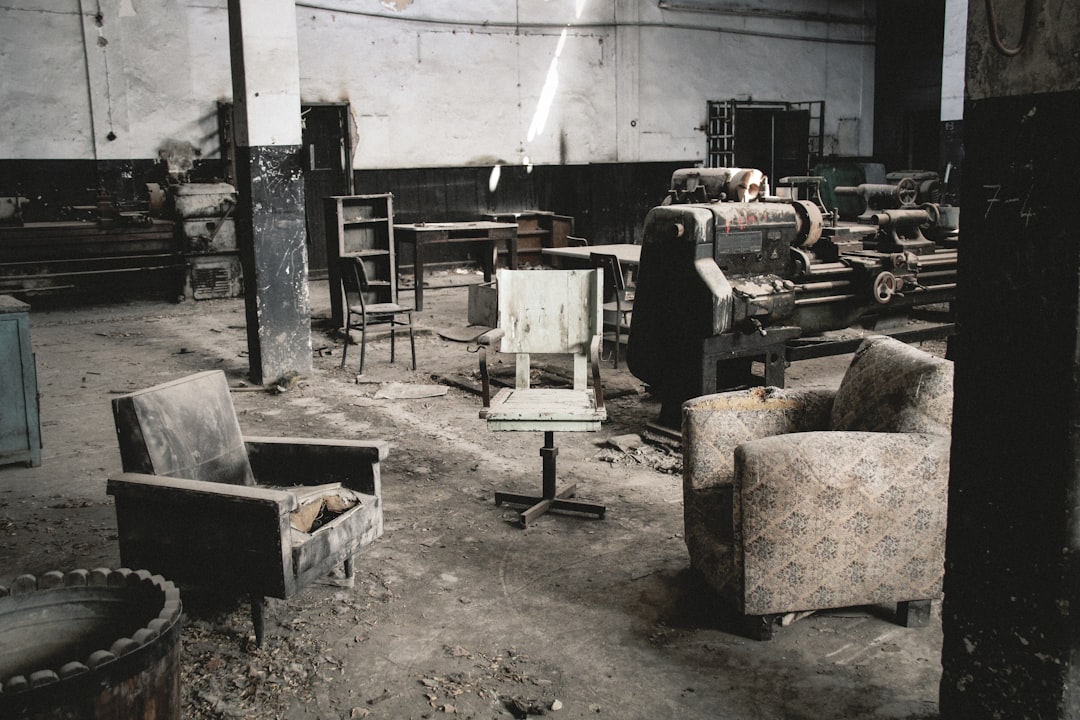
Within furniture assembly, disjointed customer experiences often stem from fragmented information and generic engagement methods. Effective QR code formats address these gaps by matching format to use case. You can offer deep how-to content where clarity matters, quick contact where speed is essential, and simple forms where feedback or rebooking is the goal.
Web-linked QR codes are the workhorse. They direct customers to specific, up-to-date video or guide content tailored to particular products or assemblies. Dynamic codes are ideal for these destinations because they allow content updates as methods or product lines change. Feedback form codes capture satisfaction or dissatisfaction immediately after a job, helping you surface coaching opportunities for technicians and upsell potential. Meanwhile, vCard codes simplify technician contact sharing, and SMS or Email-prefill codes accelerate requests for urgent help or rebooking.
With Sona QR, you can generate any of these formats and manage them in one place, complete with tracking, retargeting integrations, and content governance.
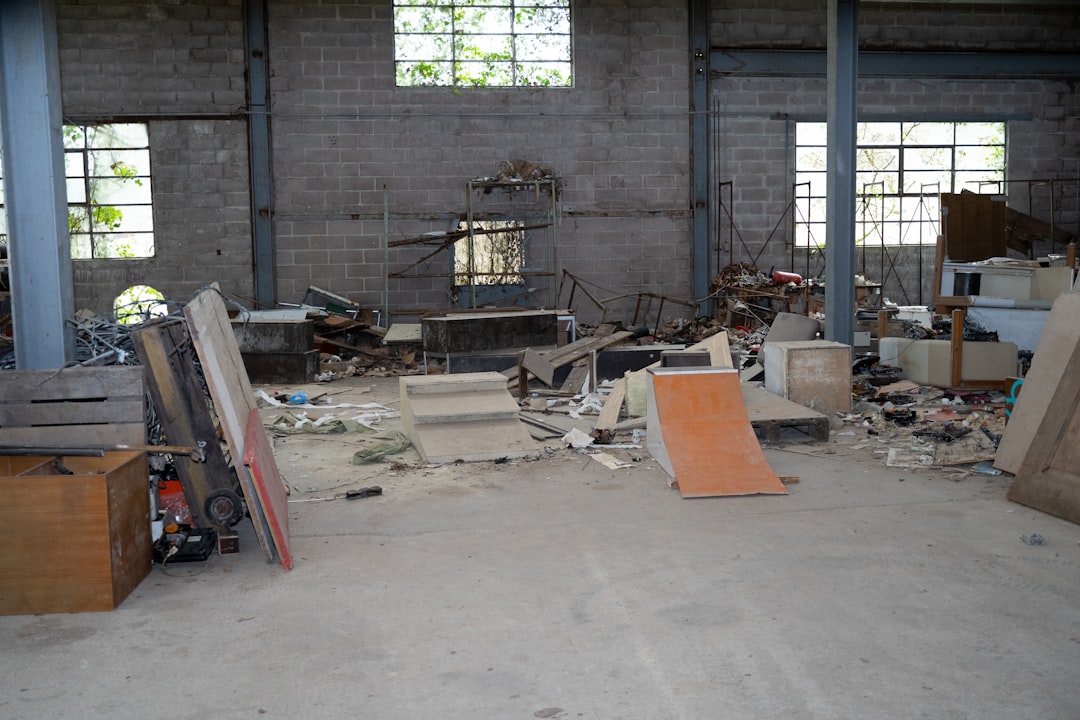
Growth is often limited when companies use a scattershot approach to client engagement, failing to track which assets drive real interest or missing the chance to deepen relationships after successful jobs. The remedy is to place unique, trackable QR codes anywhere intent is likely to appear and to pair those codes with clear value. See this furniture guide.
Strategic placements include product packaging, instruction booklets, and labels that sit on high-friction components like sliders or hinges. Invoices and digital receipts are also prime locations because they reach customers during a decision moment about future services. Follow-up postcards with embedded QR surveys can reveal not just satisfaction, but buying timelines, room-by-room projects, or referrals. Out-of-home placements on vehicles, storefront windows, and yard signs turn everyday assets into lead generators. A QR code on a technician’s tool tote can direct neighbors who see your crew on-site to schedule a quote of their own.
By analyzing which placements generate the most scans and repeat actions, you can shift budget to high-performing channels, refine CTAs, and design targeted nurture programs that reflect real behavior.
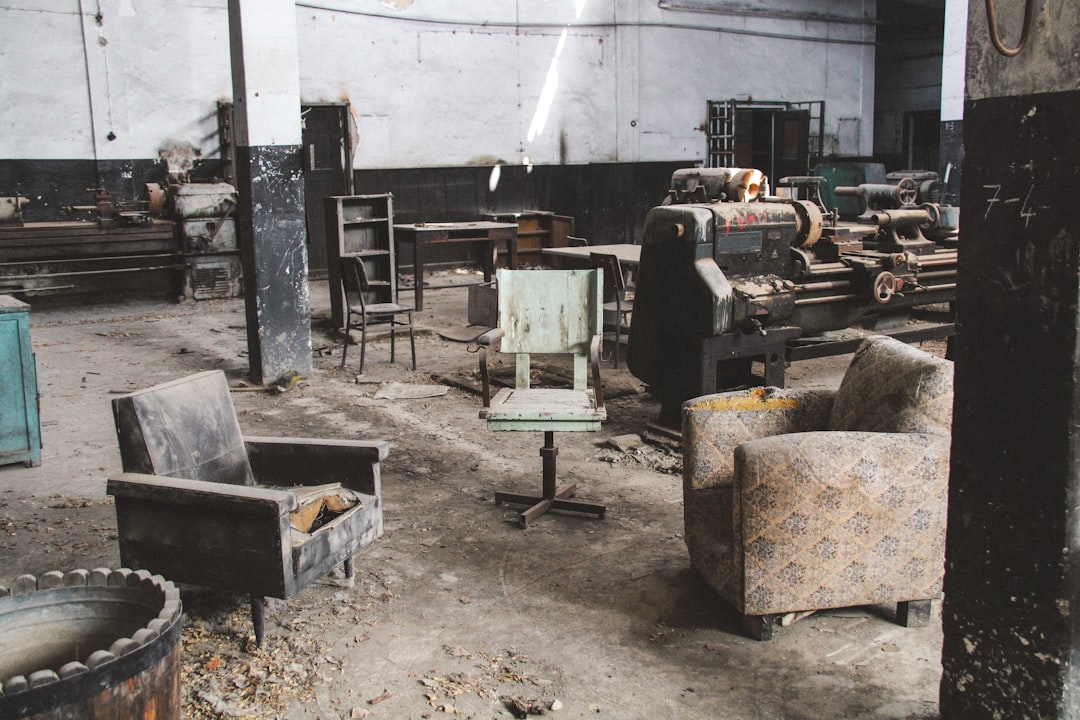
QR codes open up actionable, personalized engagement throughout the customer journey. They connect moments of confusion or curiosity to guided help, and they transform post-visit materials into always-on channels for loyalty and growth. The most effective use cases reduce friction at key steps, promote rebooking, and capture feedback while intent is fresh.
Start with the assembly itself. Customers appreciate short, clear videos paired with each major step, and they respond well to QR codes placed right where help is needed, such as near a tricky hinge or in a section divider of the manual. After the job, keep momentum going with QR-enabled review prompts and easy access to your team. Commercial clients benefit from QR codes that make scheduling recurring services simple.
To increase impact, pair each use case with a clear business metric. For example, measure a 30 percent reduction in support tickets after launching QR guides, or a 20 percent lift in repeat bookings due to QR-enabled rebooking links on invoices. Use Sona QR to compare performance by placement and customer segment.
Furniture assembly providers often have customers with strong repeat potential or upsell readiness who go unacknowledged because their engagement is scattered across untracked touchpoints. Each QR scan is a data-rich signal that can be used to build behavior-based audiences. By deploying uniquely tagged codes at key stages, you can classify audiences by need and timing, then personalize your outreach accordingly. See Sona’s Playbook intent-driven retargeting.
Distinct audience groups emerge naturally in this vertical. DIYers who scan step-by-step guides may simply need a nudge toward advanced tips or a parts reorder link. Concierge customers who scan a code on an estimate form are ready for full-service assembly and perhaps wall mounting or cable routing. Commercial facility managers scanning recurring service decals need scheduled maintenance with SLAs. Mapping these behaviors to specific scan tags allows automatic segmentation inside your CRM and ad platforms.
Examples of audience distinctions for furniture assembly include DIYers vs. full-service clients, residential customers vs. commercial facilities, and one-time movers vs. homeowners planning room-by-room projects. You can also carve out audiences by brand affinity, such as people who scan IKEA-specific content vs. premium brand content, then tailor content and offers accordingly.
Many assembly providers struggle with inconsistent messaging, wasted ad spend, or campaigns that do not deliver measurable results because offline and online activities are not connected. QR codes resolve this fragmentation by ensuring that every physical asset directs customers to the right digital resource while capturing valuable engagement data. When a prospect scans a brochure at a partner showroom, that signal can trigger an automated email sequence with assembly bundles or a direct SMS from a local technician.
This integrated approach creates a cohesive experience. Trade show booths and home improvement events become data-rich lead sources with QR-enabled signage and swag. Social posts and paid ads can feature scannable codes in images and videos for second-screen engagement. Direct mail finally becomes measurable with scan attribution. Learn more about offline attribution. With Sona QR, you see which placements perform and you can tweak content or offers in real time.
QR codes serve as the offline onramp to your digital marketing engine. They also unlock a new layer of data collection across channels that were once difficult to measure. With a centralized platform like Sona QR, you can manage all your codes, monitor performance, and sync scan data with your CRM and ad platforms.
A successful QR initiative in furniture assembly services blends clear goals with disciplined deployment and accountability. Treat each campaign as a testable hypothesis, then iterate based on scan behavior and downstream outcomes like bookings, reviews, and upgrades.
The following checklist outlines a repeatable process you can apply across use cases, from instructional guides to loyalty offers. Use these steps to align teams on intent, ensure scannability in the real world, and tie every scan to measurable results.
Define your campaign goal and ensure it maps to a specific business outcome. For example, increase completed assemblies without support calls through video-first QR guides, or grow repeat bookings by offering a discount on add-on services via a QR on invoices. Consider vertical-specific goals such as on-site event RSVP at a home show or a same-day booking for office fit-outs.
Scope the audience and context in which the scan will occur. A code on a hinge bag serves a different purpose than a code on a truck wrap. Outline the user’s intent at that moment, then design the destination to satisfy that intent in as few steps as possible.
Choose static QR codes for fixed, evergreen destinations like a general About page or a universal safety checklist. Static codes are simple and low maintenance when tracking is not critical. For most campaign work, opt for dynamic QR codes that are trackable and editable, which gives you the ability to test offers, rotate content, and segment by channel without reprinting. See QR codes in marketing for examples.
Confirm whether you need specialized formats. For rapid support, SMS or Email-prefill codes can be ideal. For post-installation follow-ups, a short form may capture both satisfaction and cross-sell interest. Sona QR supports all major formats in one platform so your team can standardize on a single workflow.
Align design with brand guidelines and scannability best practices. Add your logo and brand colors inside a high-contrast frame, maintain sufficient quiet space around the code, and keep size appropriate for the viewing distance. Place a clear CTA next to the code like Scan to watch step 1 now or Scan to book a next-day slot.
Test across devices, operating systems, and real-world conditions. Check glare on glossy manuals, angle and distance on vehicle signage, and low light in garages or storage rooms. Validate that older smartphones can scan quickly and that links load fast on mobile connections.
Map placements to the customer journey. Use packaging and instruction inserts for in-the-moment help, invoices and confirmation emails for rebooking or reviews, showroom displays and flyers for consideration, and vehicle wraps or yard signs for awareness. Prioritize media that matches your growth plan, such as direct mail to new homeowners or conference signage for property managers.
Coordinate with partners to place co-branded codes in retail settings or on delivery documentation. Train technicians to point out codes during service and to explain the benefit succinctly, for example, This code opens a 2-minute guide if you need to remove and re-assemble later.
Use Sona QR to track scans by time, location, and device. Layer UTM parameters on destinations to connect scans to website analytics. Monitor conversion behavior and drop-off points, then A/B test landing pages, video length, and CTAs to improve outcomes.
Close the loop by syncing scan activity into your CRM. Trigger follow-up workflows such as a thank-you email after a review, a reminder nudge for incomplete bookings, or a loyalty offer after a second service. Use insights to refine targeting, creative, and placements for the next campaign cycle.
Data gaps often undermine growth strategies. When service providers lack insight into which clients engage with digital content or which touchpoints drive conversion, personalization and effective targeting become nearly impossible. Accurate tracking transforms this dynamic. Each scan creates a clear record of which product, location, or campaign is performing best, enabling you to attribute revenue to specific QR initiatives and to allocate budgets accordingly.
Modern analytics should go beyond simple scan counts. You need to understand post-scan behavior, such as video completions, form submissions, and bookings, and you need to unify that data with your CRM. With Sona QR and Sona platform, an AI-powered marketing platform for identity resolution, attribution, and activation, you can connect anonymous scans to known buyers using identity resolution, then map scan events to pipeline stages and closed revenue. This provides a full-funnel view of how QR touchpoints influence outcomes.
Key benchmarks to track in furniture assembly include scan-through rate per placement, guide completion rates, support ticket deflection, booking conversion rate from scan, repeat booking rate, and average order value uplift from QR-triggered add-ons. Trend these over time and by customer segment to guide ongoing improvements.
As you scale QR use, focus on clarity, relevance, and automation. Customers scan when the value is obvious and immediate, and your team benefits when scans trigger well-defined next steps. The following tips are tailored to the surfaces and workflows common in furniture assembly.
Deploy unique QR codes by placement and channel to differentiate performance clearly. Add UTM parameters to each destination for accurate attribution in analytics tools. Coordinate training so technicians and support staff consistently promote QR usage during service and post-visit follow-ups. With Sona QR’s integrations, connect scan activity to downstream automation so your team acts on intent signals without delay.
Start creating QR codes for free. Create a few variations for different placements, and measure results within days.
QR codes can fundamentally reshape how furniture assembly providers connect offline and online experiences. By turning every part, print touchpoint, or service visit into a digitally actionable moment, you can eliminate ambiguity, remove friction, and build durable relationships with clients at pivotal stages. This proactive approach not only boosts satisfaction and minimizes errors, but also fuels business growth by identifying high-value prospects, surfacing upsell opportunities, and consolidating customer data for sustained engagement.
In an environment where missed opportunities and fragmented engagement too often define customer journeys, QR codes offer furniture assembly services a way to close data gaps and elevate every step of the process. By enabling instant, relevant access to personalized guidance and feedback mechanisms, QR-integrated workflows support convenience and give providers the insight to respond to shifting customer needs quickly.
Adopting an integrated QR strategy transforms traditional assembly touchpoints into vehicles for smarter targeting, enhanced personalization, and stronger long-term loyalty. Every scan can be a catalyst for growth, revealing actionable insights that drive continual improvement, greater efficiency, and superior customer outcomes. With Sona QR, you have everything you need to capture demand at the source and convert it into measurable results. Start with one QR code on your next instruction booklet, learn from the data, and scale what works across your entire service footprint.
QR codes have revolutionized furniture assembly services by transforming traditional instruction delivery into an interactive, customer-empowering experience. They enable seamless access to step-by-step guides, video tutorials, and real-time support, enhancing customer satisfaction while reducing assembly errors and support calls. Imagine your customers effortlessly scanning a code to receive instant, tailored assistance that turns a daunting task into a straightforward success.
With Sona QR, you can create dynamic, trackable QR codes that update instantly without the need for reprinting, allowing you to refine your educational content based on real user engagement. This means every scan becomes a valuable data point, helping you understand customer needs, improve services, and ultimately drive loyalty and repeat business in the furniture assembly industry. Start for free with Sona QR today and transform every QR scan into a smarter, more connected customer experience.
You can find reliable furniture assembly services by scanning QR codes on technician business cards, tool totes, or local advertising that link to scheduling forms and service information, enabling easy booking and direct contact.
QR codes provide instant access to digital assembly guides, real-time troubleshooting, feedback forms, and service scheduling, reducing confusion, improving customer satisfaction, enabling personalized follow-up, and creating measurable engagement data.
The article does not specify exact costs for professional furniture assembly services but highlights that QR codes help optimize service delivery and upsell opportunities, which can influence overall service pricing.
Easiest ways include using QR codes placed on furniture parts or manuals that link to step-by-step instructional videos and searchable digital resources, enabling customers to self-serve with clear, updated guidance.
Ensure correct and safe assembly by scanning QR codes on high-priority assembly steps or instruction inserts to access updated, clear video guides and troubleshooting tips, reducing errors and support calls.
Use Sona QR's trackable codes to improve customer acquisition and engagement today.
Create Your FREE Trackable QR Code in SecondsJoin results-focused teams combining Sona Platform automation with advanced Google Ads strategies to scale lead generation

Connect your existing CRM

Free Account Enrichment

No setup fees
No commitment required

Free consultation

Get a custom Google Ads roadmap for your business






Launch campaigns that generate qualified leads in 30 days or less.
